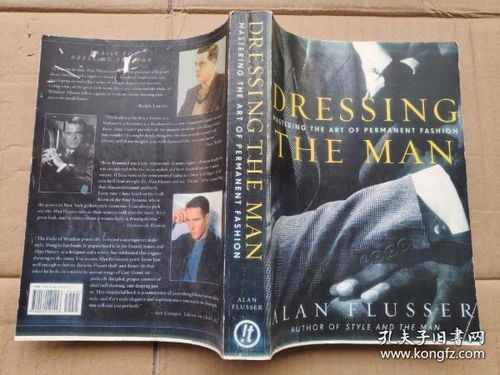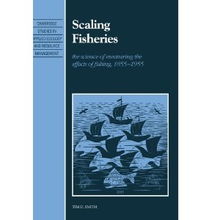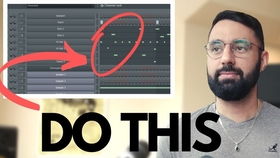Content:
Float fishing, also known as rod and line fishing, is a popular method for catching fish. It involves using a float or bobber to keep the bait at a specific depth in the water. The float moves up and down with the water's surface, alerting the angler to the presence of fish. To become a skilled float fisherman, you need to learn how to choose the right equipment, understand the fishing environment, and master the necessary techniques. In this article, we will discuss how to养好浮漂钓鱼技巧 (how to cultivate fishing skills with floats) and help you become a proficient angler.
Choosing the Right Float
The first step in mastering float fishing is selecting the appropriate float. Here are some factors to consider when choosing a float:
a. Buoyancy: Ensure that the float can support the weight of your bait and any additional tackle. A float that is too light may not stay afloat, while one that is too heavy may sink too quickly.
b. Visibility: Choose a float with high visibility, such as bright colors or a reflective surface. This will make it easier to spot movement on the water's surface.
c. Sensitivity: Some floats are designed to be more sensitive, allowing you to detect even the slightest movements. Others are more stable, providing a slower descent and less movement.
d. Shape: Different shapes of floats are suitable for various fishing conditions. For example, a round float is ideal for still water, while a bullet-shaped float is better for currents.
Understanding the Fishing Environment
To become an effective float fisherman, you need to understand the fishing environment, including:
a. Water temperature: Fish activity can be influenced by water temperature. In colder water, fish may be less active, while in warmer water, they may be more aggressive.

b. Water clarity: Clear water can be challenging for float fishing, as it may be difficult to see the float's movement. In murky water, however, the fish may be more visible and easier to catch.
c. Current: When fishing in a current, you need to consider how the float will behave. A float with a higher buoyancy may be more suitable, as it can maintain a stable position against the current.
Mastering the Necessary Techniques
Once you have the right equipment and understand the fishing environment, it's time to learn the essential techniques for float fishing:
a. Setting up the rig: Attach the float to the line, ensuring it is properly adjusted. Add a leader, swivel, and hook to the line, then tie everything together securely.
b. Casting: Learn the proper casting technique to avoid snags and accurately place your bait. Practice casting in different directions and distances to improve your accuracy.
c. Adjusting the float: Depending on the fishing conditions, you may need to adjust the float's position. For example, in a strong current, you may need to move the float closer to the hook to maintain a steady position.
d. Reading the float: When the float moves, it's important to interpret the signal correctly. A sudden rise or fall may indicate a fish biting, while a slow, steady movement may suggest the fish is following the bait but not biting.
e. Hooking the fish: Once you've detected a bite, gently lift the rod to set the hook. Be patient and avoid reeling in too quickly, as this may cause the fish to escape.
Tips for Success
To enhance your float fishing experience, consider the following tips:
a. Start with simple rigs: As a beginner, focus on mastering the basic techniques before moving on to more complex setups.
b. Practice, practice, practice: The more you fish, the better you will become. Spend time on the water, experimenting with different techniques and baits.
c. Keep your equipment in good condition: Regularly check your line, hooks, and float for signs of wear and tear. Replace damaged equipment to ensure your success.
d. Be patient: Float fishing can be a slow process, but with persistence, you will eventually catch fish.
In conclusion, mastering float fishing requires selecting the right equipment, understanding the fishing environment, and mastering the necessary techniques. By following these tips and practicing regularly, you'll become a proficient float fisherman and enjoy a successful fishing experience. Happy fishing!












